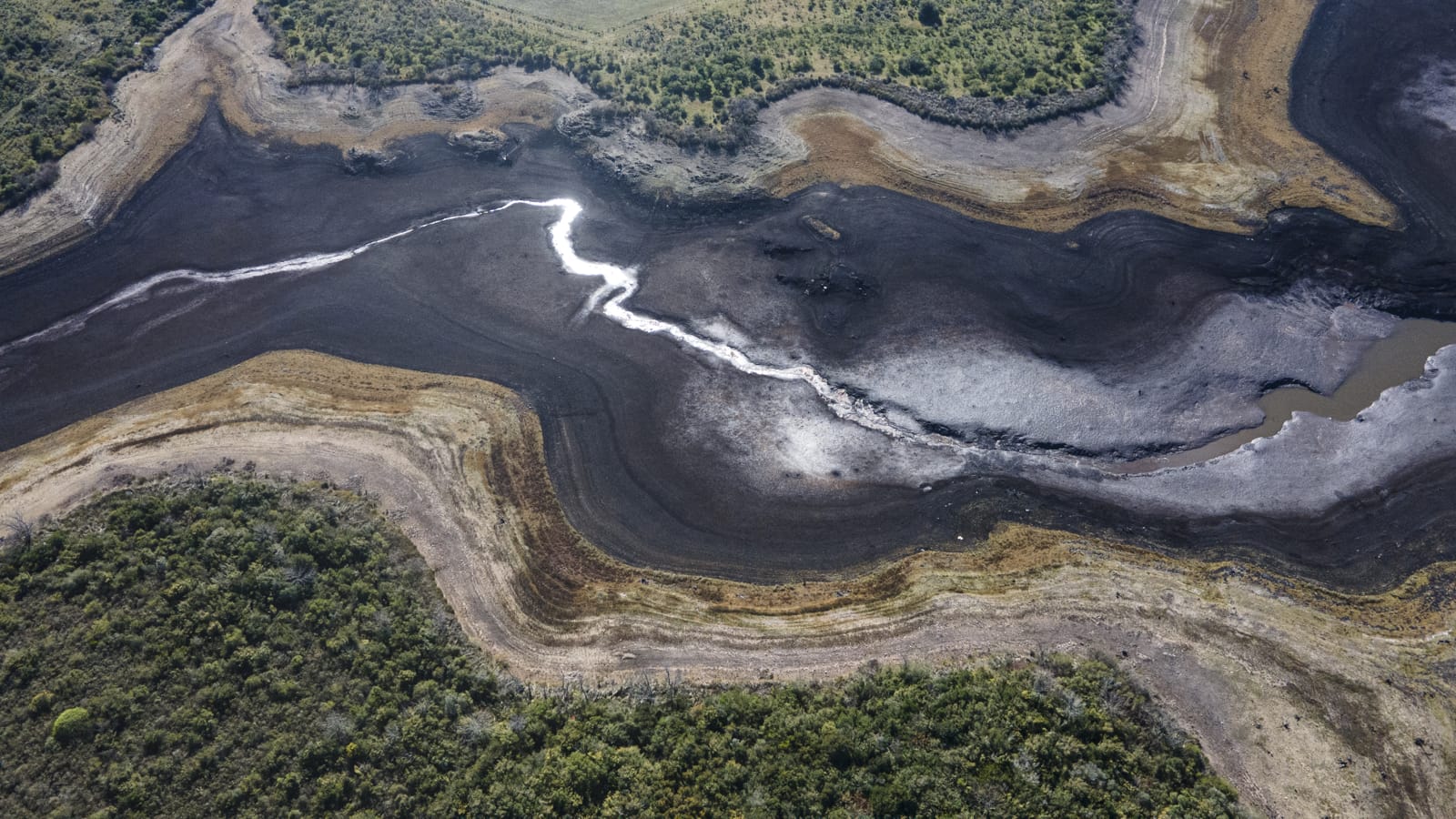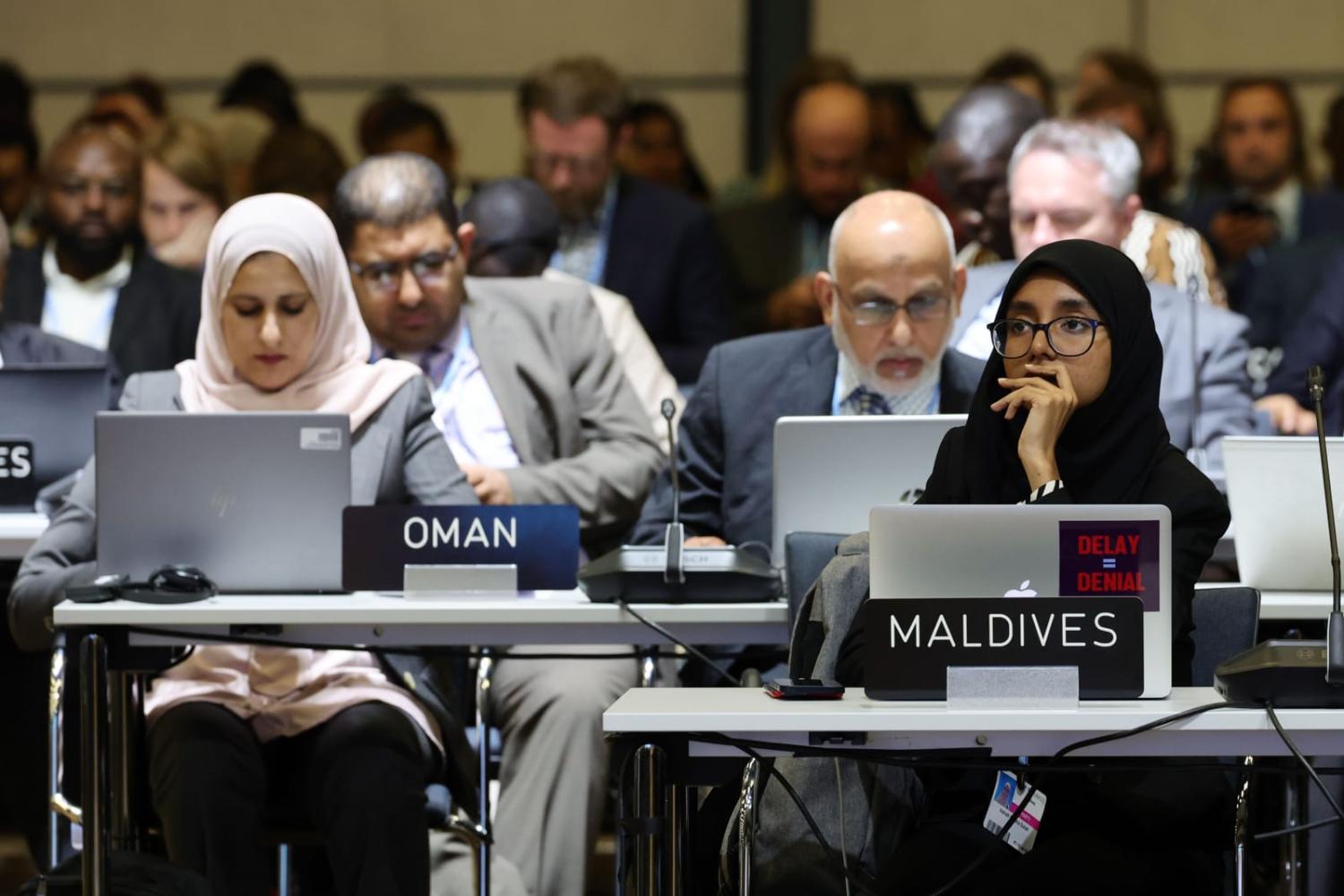International scientific and economic research suggests that developing countries, many of which neither created nor benefitted from historical greenhouse gas emissions, are likely to bear the brunt of climate change-linked natural disasters, temperature rises and biodiversity loss. To add insult to injury, the economic consequences of climate change are projected to increase debt distress risks for many low- and middle-income countries.
Evidently, urgent action is needed to avert potentially disastrous sovereign defaults and provide climate-vulnerable states with the fiscal capacity to fund adaptation measures. Yet the failings of the global sovereign debt system run much deeper.
The international community should seize the rare reform opportunity offered by the climate crisis to make sovereign debt governance more efficient, transparent and just by institutionalising a redesigned multilateral sovereign debt restructuring mechanism.
Despite its reputation as dull and technical, sovereign debt governance is shot through with power politics. Cross-border sovereign lending constituted a core aspect of Cold War geopolitical competition and today underpins China’s Belt and Road Initiative, as well as the more recent turn by the United States to bilateral development finance. Sovereign debt has been used to finance repression, war, kleptocracy, and plunder. And the very issue of when and how states borrow money internationally on behalf of their citizenries raises fundamental questions regarding the definition of sovereignty and the boundaries of international law.

In the latter half of the 20th century, Western states were the most powerful sovereign creditors globally. During this period, the West began to act collectively through the so-called “Paris Club”, with the assistance of the International Monetary Fund (IMF) and other multilateral institutions, to manage their borrowers’ sovereign debt crises on a case-by-case basis. This approach suffered from two distinct yet interrelated flaws.
First, sovereign debt restructuring negotiations were protracted and highly politicised. Until the Latin American debt crisis of the 1980s, Western states were reluctant to postpone – let alone cancel – sovereign debt. Any debt relief that eventuated was typically belated and inadequate, merely prolonging rather than resolving economic hardship. While the Paris Club slowly introduced debt relief measures, these were subject to strict and often arbitrary eligibility criteria that dramatically reduced their efficacy.
Second, not only has sovereign lending been used to prop up repressive autocrats, but the populations who suffered have literally been made to pay the price. Western states have deliberately ignored the unjust origins of sovereign borrowing when enforcing debt repayment. In the 1990s, numerous countries that had recently democratised or transitioned from highly repressive regimes – including post-Apartheid South Africa and post-Suharto Indonesia – were made to repay debts accrued by their former oppressors, fearing that Western countries would either coerce them into doing so or prevent them from borrowing internationally in future.
Eventually, in the late 1990s, international activism culminated in the cancellation of more than US$100 billion in sovereign debt. However, the international community refrained from adopting the IMF’s proposed Sovereign Debt Restructuring Mechanism, which would have essentially allowed states to declare bankruptcy, establishing a legalised procedure for negotiating debt relief while also freezing debt repayments and providing a potential avenue for challenging the legitimacy of individual loans. The mechanism was ultimately defeated in the face of trenchant US opposition and concerns from several middle-income countries that it could deter future sovereign lending.
The implicit bargain of the early 2000s was that debt cancellation, coupled with technical contractual solutions such as collective action clauses in sovereign bonds, would foster development while making sovereign debt crises much rarer. This wager has proven false. Sovereign indebtedness among developing countries has continued to snowball. But now, the largest share of low-income country sovereign debt is owed not to Western states, but instead to private creditors, multilateral institutions, and China. Negotiating ad hoc agreements among such a diverse group of creditors with competing interests has proven especially elusive, depriving developing countries of much-needed debt relief.
In this context, the growing international consensus regarding the need to tackle the climate crisis could serve as a potential circuit breaker. Policymakers are now considering a range of possible interventions, from the mainstreaming of disaster clauses in bond contracts to debt-for-nature bond swaps that cancel sovereign debt in exchange for investments in climate mitigation and adaptation initiatives. These proposals have promise and could make a meaningful difference to the global green transition. But with political will finally emerging regarding the need for sovereign debt governance reform, we must avoid narrowing our focus to climate change alone.
Under business-as-usual arrangements, countries will continue to enter debt crises for a variety of reasons, ranging from climate change-related fiscal crises to global economic downturns, financial mismanagement, and grand corruption. These crises will dramatically harm many low-income countries and further undermine the global green transition – even if the crises are caused by factors other than climate change.
Only by revisiting a multilateral solution in the form of a redesigned sovereign debt restructuring mechanism can the international community provide a just, humane and comprehensive response to an issue of truly global importance.
